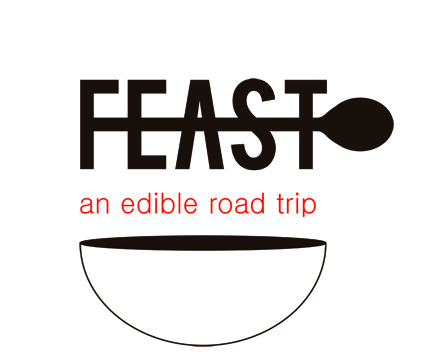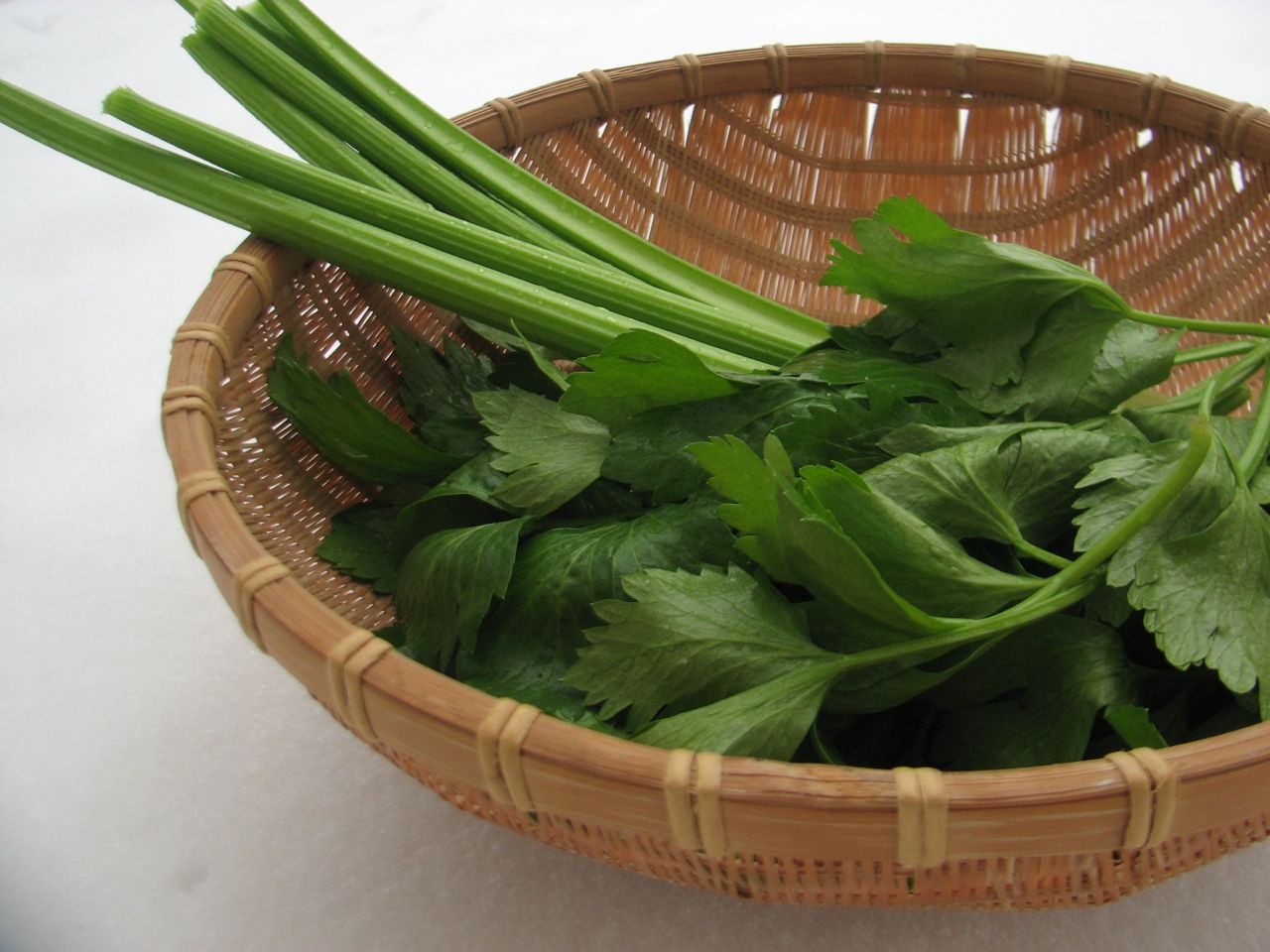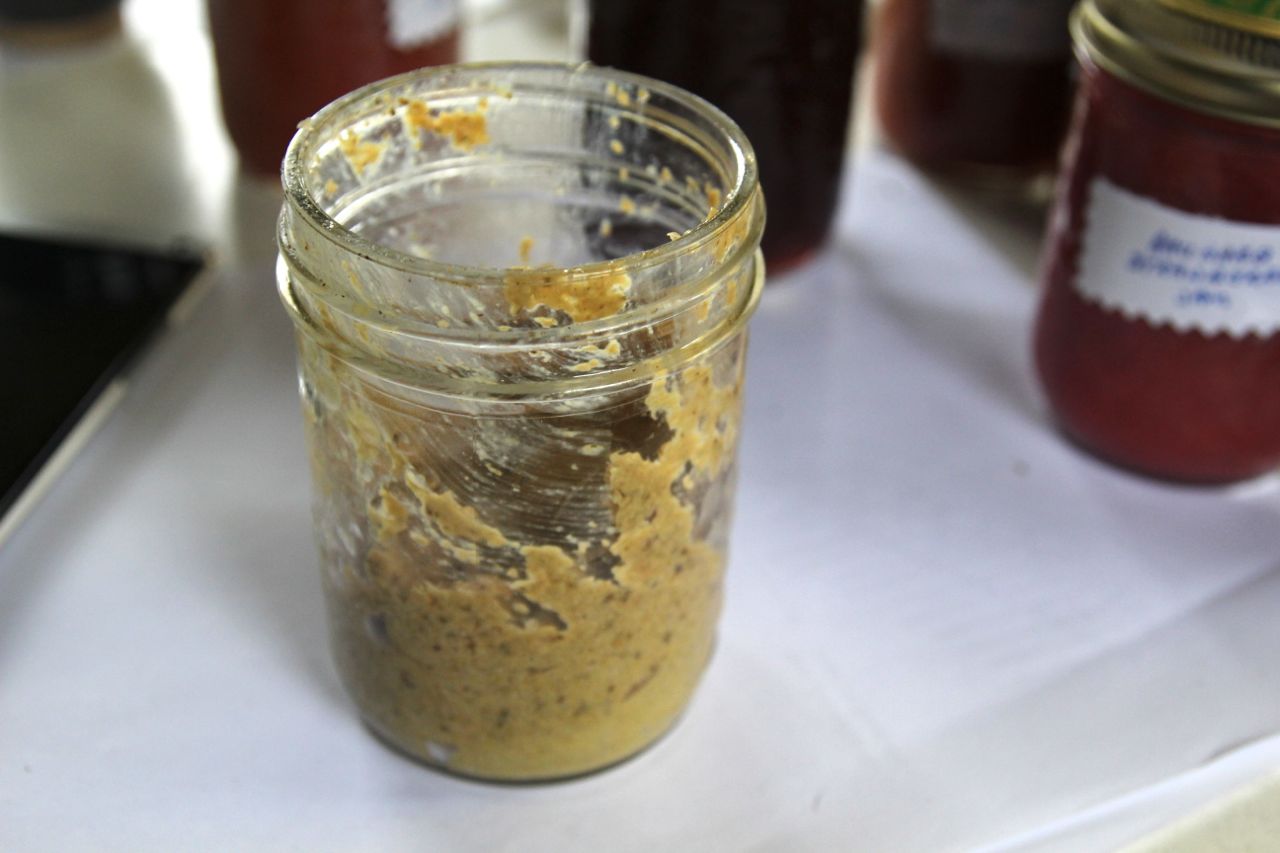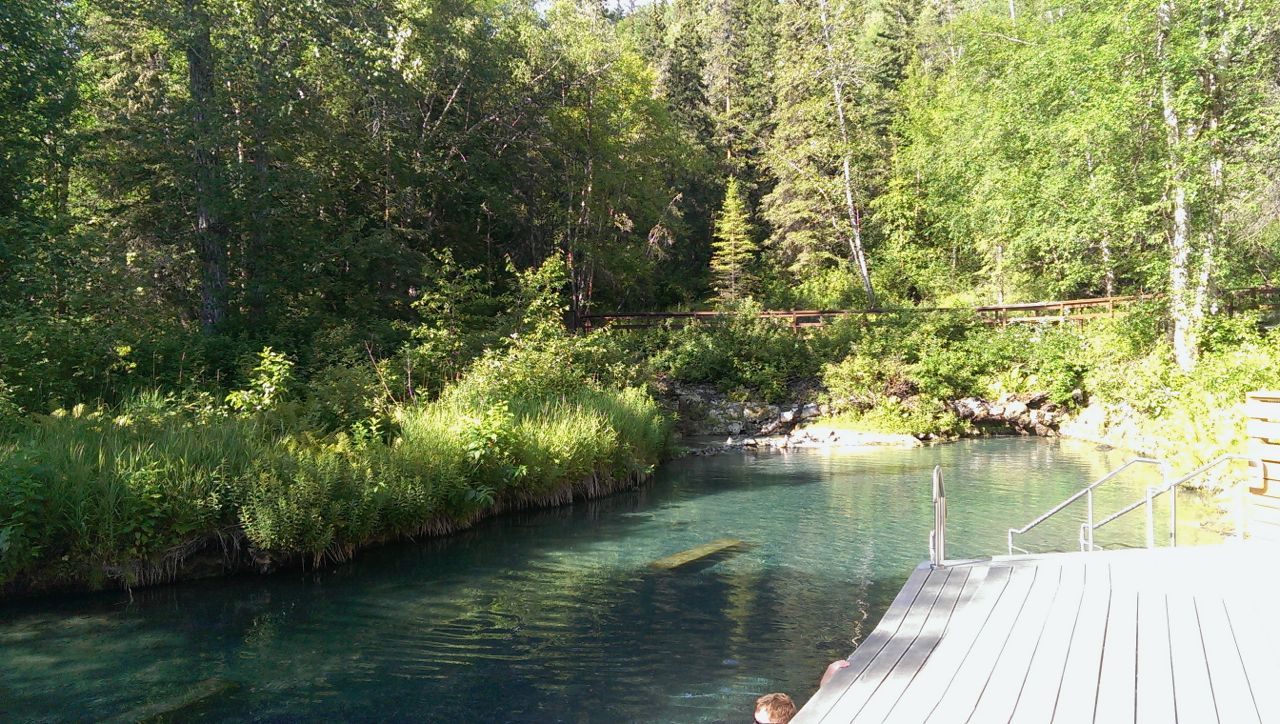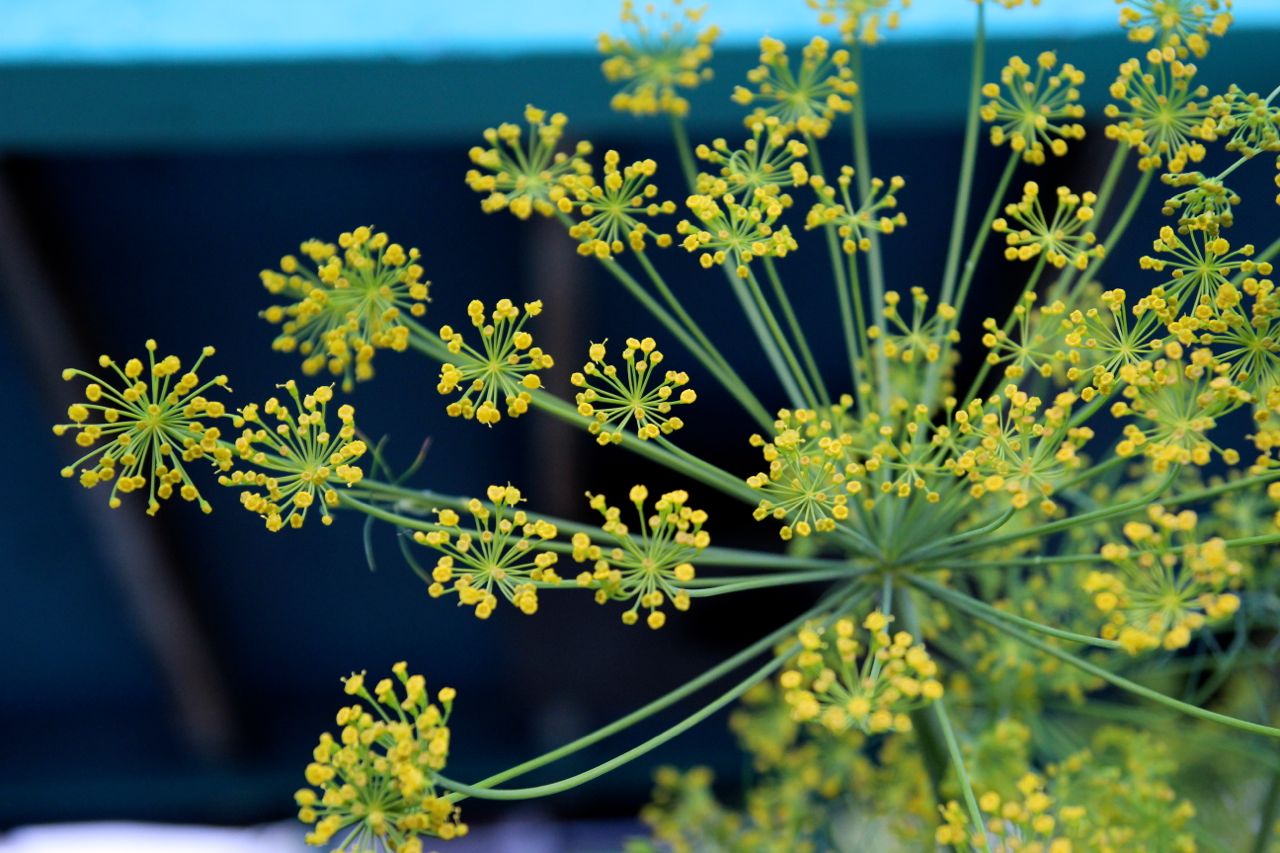Jackie, Franziska, and Weed Pie
World, we’d like to introduce you to two extraordinary women: Jackie Milne and Franziska Ulbricht. Both are food security advocates in Hay River, both know far more about farming/wild food than we ever will, and both were kind enough to chat with us when we were in the Northwest Territories.
Jackie Milne was born in Hay River, and after farming in Port Alberni for years, she moved back to her hometown with her husband. Andrew Cassidy described her as having “singlehandedly spearheaded every local food security initiative in the area,” and it was clear upon meeting her that’s she’s a remarkable woman who’s generous with her knowledge.
When she and her husband moved back to Hay River, they bought a piece of land that hardly seemed farm-worthy; it was in an industrial area, and solid brush. Just a few years later, however, they’d cleared, built up the soil, and now have project after project on the go, including workshops to teach people about growing food in the north.
As well as being president of the Territorial Farmers' Association, Jackie's an innovator. Take her passive solar greenhouse, for example; in the summer they grow food in it, one side of it acts as a root cellar in cold months, and Jackie’s developing a barley fodder system, which can grow food for animals during the winter. She uses the greenhouse not only to produce and store food, but also as a teaching tool during her workshops, and has included a childrens’ ‘nook’ so kids can join their parents while they attend.
She’s also built a big multi-purpose cooler, utilizing a little device called a Cool-Bot. It was developed by a farmer, and tricks air conditioners into creating the temperature you desire; in the summer she can bring it down to zero, and in the winter she can use it to heat the space, creating a root cellar that stores food all winter.
In her greenhouses, Jackie showed us various techniques she uses for creating healthy soil (there was nothing but dust when she started), and fed us a radish pods, a first for both of us.
She said radish plants create far more food if you let them go to seed and harvest the pods, which are mildly pepper, crunchy, and SO GOOD. With her brassicas, she ‘harvests’ them before it frosts by taking their entire root systems out of the ground and replanting them in totes. They go into a stasis, and are kept alive in her root cellar until she needs them later in the winter.
Her next project is a larger field where she’d like to grow more, and eventually have sheep. She’s currently got nature working for her to breakdown the stumps and other leftover forest remnants. She inserted “Chicken of the Woods” mushroom plugs into the spruce stumps, and slowly but surely, they’re breaking down the wood into rich soil. Plenty of herbivores are aiding in the process.
Franziska Ulbricht is originally from Germany, but after years of travel, she decided to make Hay River her home. She’s an artist, forager, cook, and co-founder of the Hay River Commons, a co-operative dedicated to sustainability, community works, arts and crafts, agriculture, and the promotion of local small-scale economic opportunities. One of their first projects was to develop a winter market, where people would have a place to gather once a week, vend, exchange ideas, listen to music, and of course, eat good food.
Franziska’s contribution to the market was the Real Food Café, a project on which she worked closely with Jackie Milne. Supplied throughout the winter with Jackie’s produce and utilizing local berries, jams, pickled foods, fish, foraged greens, and mushrooms, Franziska cooked up homemade, rustic, and creative meals each week and served them to a loyal clientele.
She said people truly appreciated being able to eat fresh food that was actually from Hay River, and she loved the freedom she had to experiment with ingredients, like using pickled nasturtium seeds instead of capers.
Franziska also cooked for Jackie’s groups of agricultural students, providing them with lunch and dinner during their three-day workshops. They were enthusiastic eaters, she said, who especially loved going on foraging walks where they’d pick mushrooms, as well as fireweed shoots and plantains to make “weed pie.”
This is a recipe from Beverley Gray’s incredible (and much utilized by northerners) book “The Boreal Herbal.” Franziska talked about weeds in a way I’d never considered before; she said we should be eating strong plants, because they’re the best for us. And what could be stronger or more resilient than weeds! We’ve got to stop looking at them as a nuisance, and instead see them as dinner.
She also gave us a taste of another recipe she’s tried from Gray’s book: dandelion petal mustard. Pretty, and very tasty.
There, now you too can be inspired by the work of Jackie and Franziska. Perhaps like us, you'll now view weeds a different way, and cause your friends jaws to drop when you invite them over for weed pie....
-LA
*Photos of the Real Food Cafe ingredients and foraging walk provided by Franziska Ulbricht.
